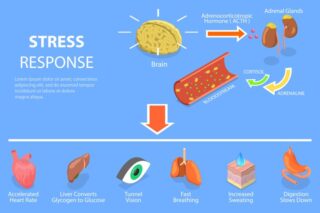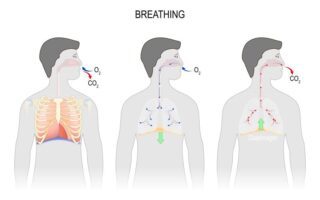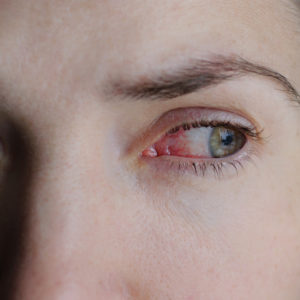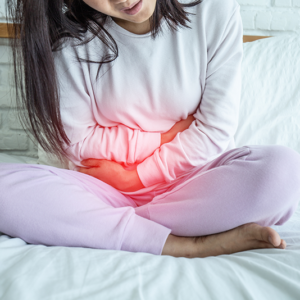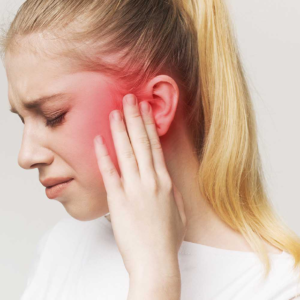Hip Fractures: What You Need to Know
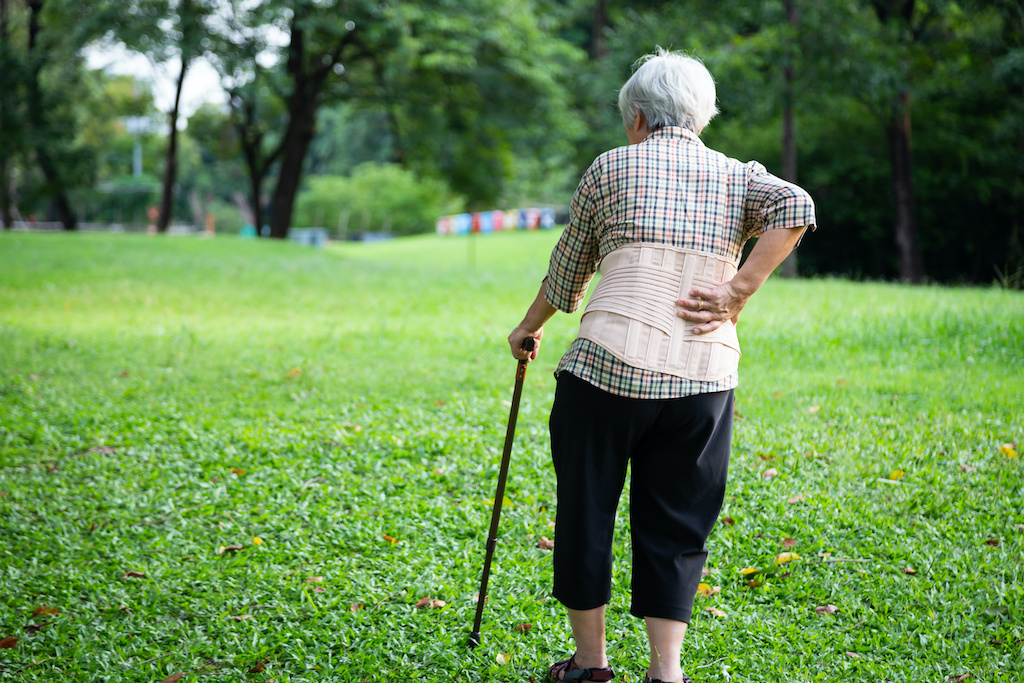
Hip fractures are serious injuries, especially as we age. They often result from falls and can lead to significant complications. Here’s a simplified guide to hip fractures:
Signs and Symptoms
- Inability to Get Up or Walk: If you can’t get up or walk after a fall, it could be a hip fracture.
- Severe Hip or Groin Pain: Intense pain in the hip or groin area may indicate a fracture.
- Weight-Bearing Difficulty: If you can’t bear weight on your leg, seek medical attention.
- Bruising and Swelling: Look out for bruising and swelling around the hip.
- Leg Length Difference: A shorter leg on the injured side is a common sign.
- Outward Leg Turning: The leg on the injured side may turn outward.
Complications
Hip fractures can lead to several complications:
- Blood Clots: These can occur in the legs or lungs.
- Bedsores: Immobility increases the risk of bedsores.
- Pneumonia: Reduced mobility can lead to lung infections.
- Muscle Loss: After a fracture, muscle strength decreases, making falls more likely.
Prevention Tips
Here’s how you can reduce your risk of hip fractures:
- Calcium and Vitamin D: Aim for 1200mg of calcium and 800IU of vitamin D3 daily.
- Exercise: Weight-bearing exercises (like walking) strengthen bones. Balance exercises are essential too.
- Avoid Smoking and Excessive Alcohol: Both weaken bones.
- Clear Walking Areas: Remove rugs, cords, and obstacles to prevent tripping.
- Regular Eye Exams: Good vision helps prevent falls.
- Assisted Devices: Consider using a walker or cane if needed.
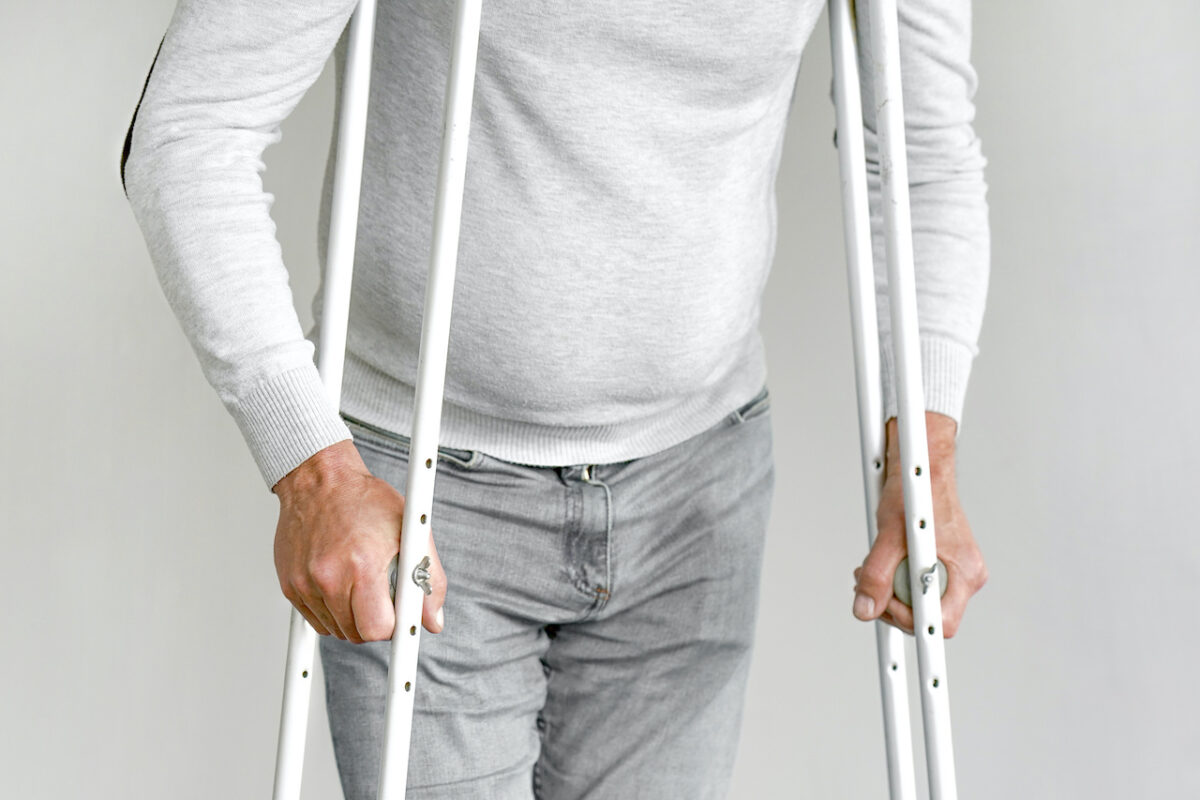
Treatment
If you do experience a hip fracture:
- Surgery: Surgery is usually recommended after confirming the fracture via X-ray. Internal screws or hip replacement may be necessary.
- Rehab and Physical Therapy: Regaining strength and independence takes time. Physical therapy is crucial.
Remember, preventing hip fractures is key. Stay active, maintain bone health, and take precautions to avoid falls. Your future self will thank you! 🦴💪
Take Control of Your Health with Umedoc
Whether you need urgent care, want to manage your weight, or seek primary care services, Umedoc is here for you. Start your visit now and experience the convenience of telemedicine! 🏥📱
Summary:
- Signs and Symptoms:
- Inability to get up or walk after a fall.
- Severe pain in the hip or groin.
- Bruising or swelling around the hip area.
- Leg length difference on the injured side.
- Outward turning of the leg on the injured side.
- Complications:
- Blood clots in legs or lungs.
- Bedsores.
- Pneumonia.
- Loss of muscle mass, increasing fall risk.
- Prevention Tips:
- Take daily calcium and vitamin D.
- Engage in weight-bearing exercises.
- Clear walking areas at home.
- Get routine eye exams.
- Use assisted walking devices if needed.
- Treatment:
- Surgery (internal screws or hip replacement).
- Rehabilitation and physical therapy.

This article reviewed by Dr. Jim Liu, MD and Ms. Deb Dooley, APRN.
There’s nothing more important than our good health – that’s our principal capital asset.
#medical #telehealth #umedoc




